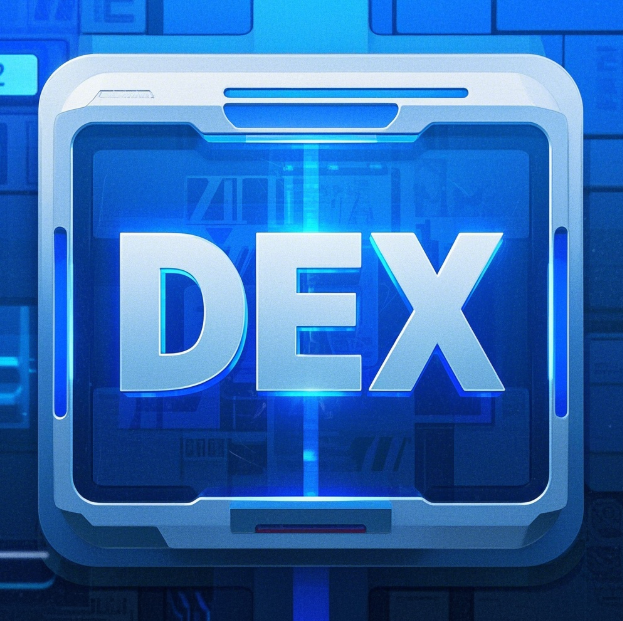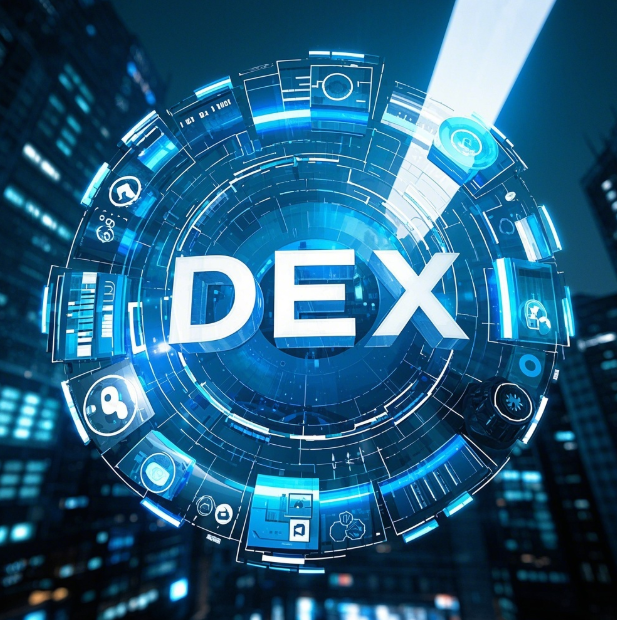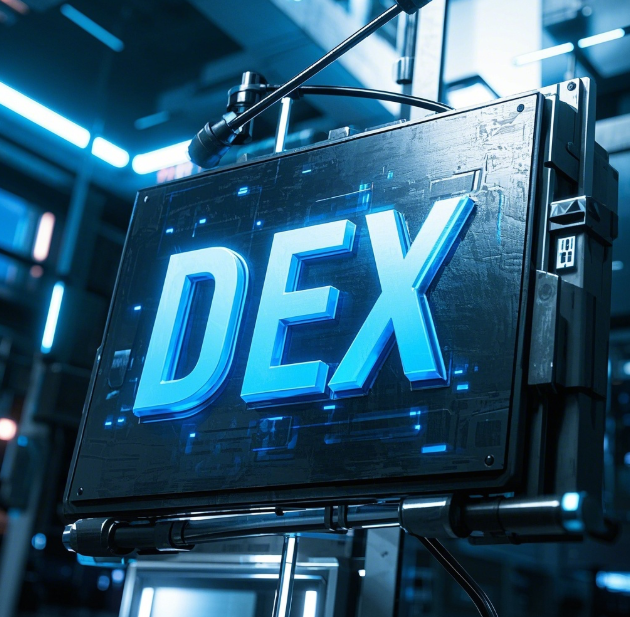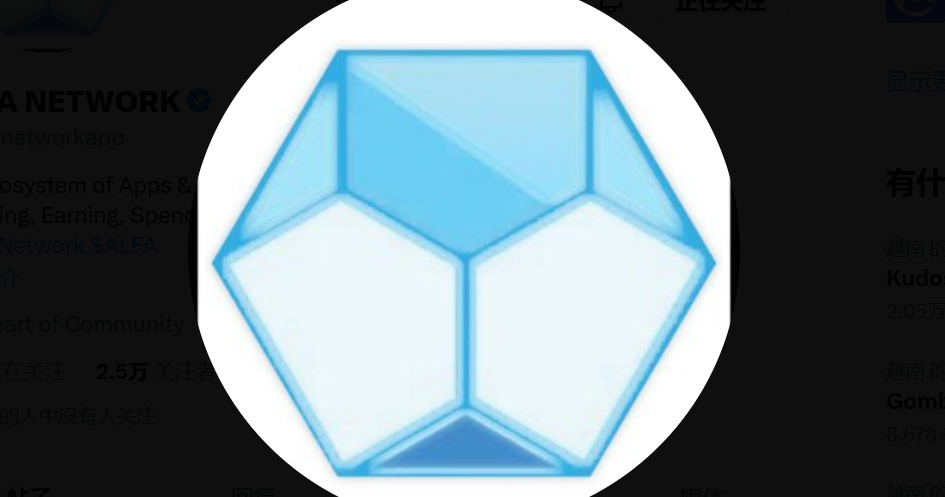The concept of "decentralization" has been dominating crypto discussions over the past two years. You've probably heard veterans in chat groups boasting about 10x gains on Uniswap in a single day, or people casually discussing "liquidity mining" like it's no big deal. But as a newbie staring at a screen full of blockchain jargon, you're likely confused: What exactly is a DEX? How is it different from big exchanges like Binance and Huobi? How can regular users interact with it safely? Today, we'll break it all down in plain English and walk you through this new frontier of crypto step by step!
1. DEX: A "Crypto Marketplace" Without Middlemen
Imagine going to a farmers' market—CEXs (centralized exchanges) are like supermarkets where you deposit money at the checkout counter and wait for the store to fulfill your order. DEXs (decentralized exchanges), on the other hand, are like stalls at the market where buyers and sellers trade directly, with no third-party involvement. Even better, this "marketplace" operates 24/7, requires no ID registration, and has no administrators!

Key Advantages at a Glance:
Self-Custody: Your private keys stay in your hands—no more exchange exit scams (remember Mt. Gox?).
Anonymous Trading: No registration needed; just connect your wallet and start trading.
Unstoppable: Even if the website gets taken down, the on-chain protocol keeps running.
2. Step-by-Step Guide: Master DEX in 4 Steps
▍Step 1: Set Up Your Digital Wallet
DEXs don’t require accounts—just a crypto wallet. which works like installing Alipay:
Write down your 12-word seed phrase (this is your wallet’s lifeline).
Load up on "gas fees" (ETH for Ethereum, BNB for BSC).
Grant token permissions for first-time trades (like linking a bank card to WeChat Pay).
Pro Tips:
Watch out for phishing sites! Always double-check URLs.
Test with small amounts first before going big.

▍Step 2: Buy Tokens Like Using a Vending Machine
On Uniswap, trading is as simple as using a vending machine:
Pick a token pair (e.g., ETH to USDC).
The system auto-quotes prices based on pool liquidity.
Set a "slippage tolerance" (1%-3% for beginners).
Confirm, and tokens land directly in your wallet.
Vs. CEXs:
✅ Access to obscure tokens (memecoins, NFT fractions).
❌ Slippage on large orders (e.g., paying
1.05whenyouwanted1).
▍Step 3: Become a "Crypto Banker" and Earn Interest
This is where DEXs shine! Deposit into liquidity pools (e.g., ETH + USDT) to:
Earn 0.3% trading fees from every swap.
Bag extra platform tokens (like UNI or CAKE).
⚠️ Beware of "impermanent loss": If token prices diverge, losses may outweigh earnings.
▍Step 4: Advanced Strategies
Arbitrage: Exploit price gaps between CEXs and DEXs.
Leverage Trading: Use platforms like dYdX (not for beginners!).
Aggregators: Tools like 1inch auto-find the best trade routes.

3. Security 101: Avoid These Pitfalls!
Smart Contract Bugs: Curve lost $30M to an exploit in 2023—always check audit reports.
Honeypot Scams: Some tokens let you buy but not sell.
Malicious Approvals: Never grant "infinite approval"—it can drain your wallet.
Golden Rules:
Stick to reputable DEXs (Uniswap, PancakeSwap).
Verify token contracts on CoinGecko.
Regularly revoke unused approvals (use Etherscan).
4. The Future: How DEXs Are Reshaping Finance
Modern DEXs have solved early hurdles:
Speed: Solana DEXs handle 10k+ trades/second.
Cost: Layer-2 networks (e.g., Arbitrum) cut fees to cents.
Innovation: Soon, trade stocks, bonds, or even mortgage your house on-chain!
Final Word:
DEXs aren’t get-rich-quick schemes but essential tools for every crypto user. Start by sending a test transaction to feel the power of "not your keys, not your crypto." Remember: Skip shady contracts, avoid random links, and ignore "free money" traps. When you grasp the rules and respect the risks, the decentralized world truly opens up to you.
















No comments yet